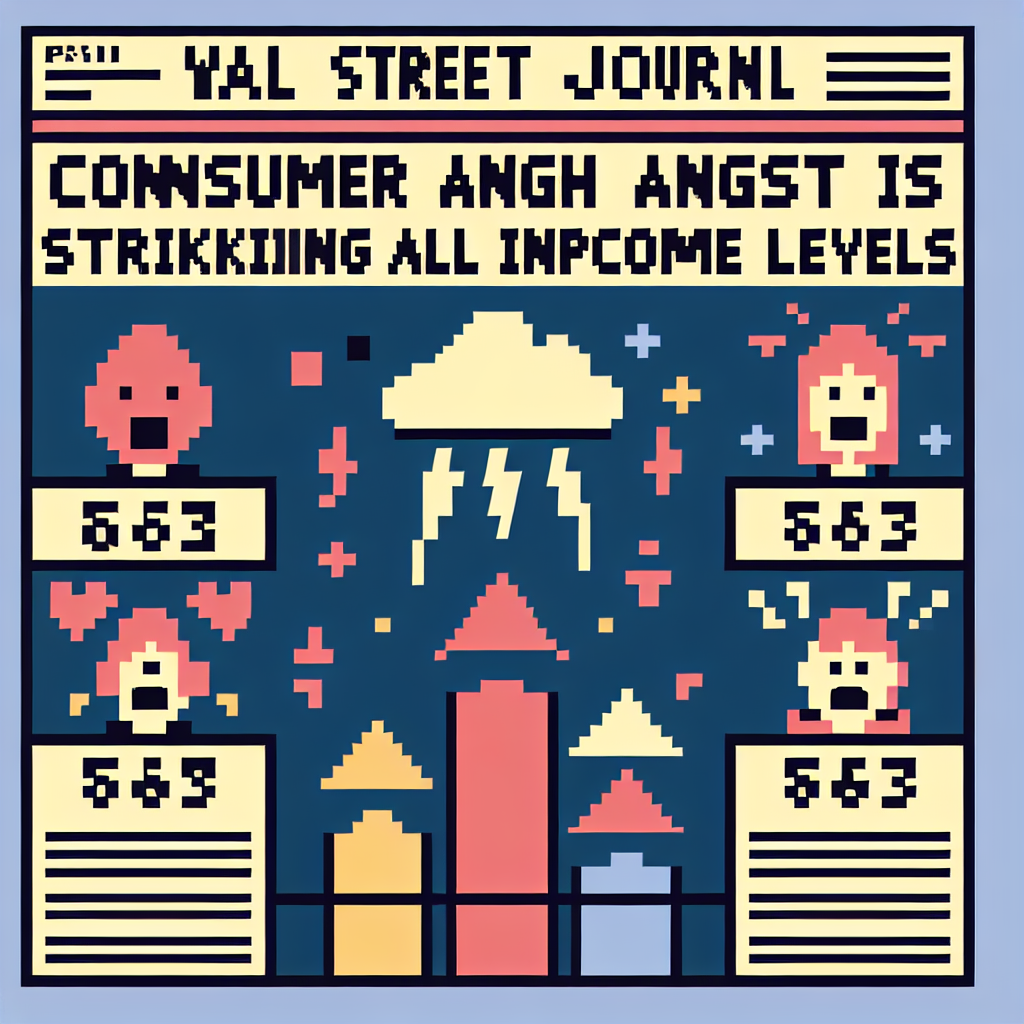15 Very Specific Things Non-Americans Literally Travel To The US Just To Buy - BuzzFeed | Analysis by Brian Moineau
Title: The Allure of the American Red Cup and Other Quirky Travel Motivations
Ah, the iconic red solo cup! For many Americans, it's a ubiquitous party staple, found at college gatherings, backyard barbecues, and even in the hands of characters at fictional house parties on TV. Yet, for some international travelers, this simple piece of plastic holds a mystique that prompts a visit to the United States.
In a recent BuzzFeed article, "15 Very Specific Things Non-Americans Literally Travel To The US Just To Buy," the red cup stands out as a surprisingly sought-after item. Its cultural significance is akin to a symbol of Americana, often evoking images of fun, freedom, and youthful exuberance. The cup’s appearance in countless Hollywood movies and TV shows has cemented its status as a quintessentially American icon, much like apple pie or baseball.
But why exactly do people travel miles to procure something so seemingly mundane? The answer lies in the cup's representation of the American lifestyle—a lifestyle that is both fascinating and somewhat exotic to those on the outside looking in. It's a tangible way to capture the essence of American culture, a souvenir with utility and cultural cachet.
Interestingly, this phenomenon isn't just limited to red cups. The BuzzFeed article highlights other American oddities that draw international shoppers, such as Reese’s Peanut Butter Cups, Levi’s jeans, and even novelty breakfast cereals like Lucky Charms. Each of these items represents a slice of the American experience, packaged and ready for export.
This trend of traveling for specific goods isn't unique to the US. Around the world, people often journey to Italy for authentic Parmesan cheese, to Japan for the latest tech gadgets, or to France for luxury fashion. It’s a testament to how global culture is shaped by the unique offerings of individual nations and how these offerings become coveted by those from afar.
On a broader scale, this consumer behavior reflects a world that is increasingly interconnected yet still deeply rooted in local traditions and specialties. As global travel becomes more accessible, the desire to experience and take home a piece of another culture grows stronger. This isn't just about buying stuff; it's about the stories and experiences that these items embody.
In the current global context, where the world is gradually emerging from the shadows of the pandemic, such travel motivations are a reminder of the simple joys of exploration and cultural exchange. It’s heartening to see people eager to venture out and connect with different parts of the world, one red cup at a time.
In conclusion, while the red solo cup may seem like a trivial item to many Americans, it's a powerful symbol of cultural exchange. Its allure and the journey it inspires speak to the universal human desire to connect, explore, and experience the world beyond our borders. So, next time you spot a red cup at a party or on-screen, remember, it’s more than just a cup—it’s a piece of Americana that has captured the world's imagination.
Read more about AI in Business



